Daniel Rothbart by Carter Ratcliff
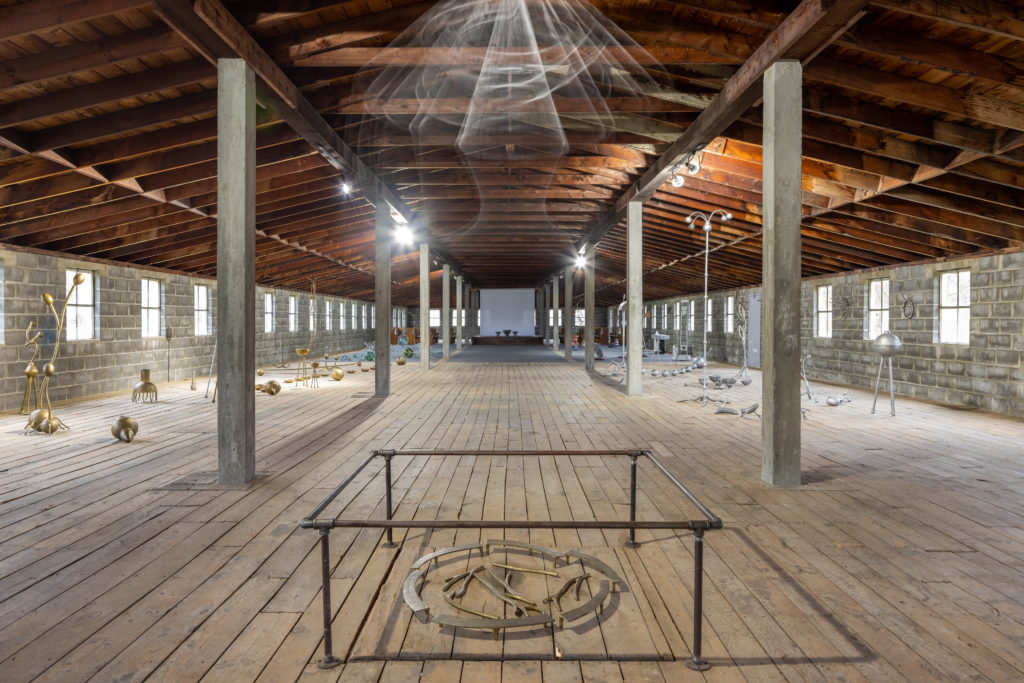
Daniel Rothbart was born in California and grew up in Oregon, states that faces Asia—a familiar fact with large consequences for his art. Among the objects that wash up on the Oregon shore are floats from Japanese fishing nets: globes of green glass in various sizes. Gathering a supply of these globes from the beach, Rothbart encloses up to twenty of them in open structures of bent aluminum wire. Linking the structures in a long, sinuous line, he produces a sculpture that looks at home on a gallery floor and even more so when he sets it afloat on a body of water. For its buoyancy brings it alive to the surrounding currents.
Traditionally, sculpture is rigid and thereby resistant to its surroundings. It takes years, even centuries, for the seasons to affect a statue carved from granite or marble. Not marked by water so much as embraced by it, Rothbart’s glass and aluminum sculptures become thoroughly integrated elements of their immediate environments. In the summer of 2021, Rothbart installed one of these floating sculptures, along with other works, along the shore of the Hudson River, in Hudson, New York. A year earlier, he presented a similar installation in the town’s Oakdale Lake. The first, in 2007, was in the water just off the Hotel Excelsior, in Venice. Italy has played a crucial part in his life as an artist.
Installations, the Frank Institute @ CR10, Linlithgo, New York, videography by DKR.
In 1986-87, while he was an undergraduate at the Rhode Island School of Design, Rothbart spent a year in Rome on an honors program. Three years later, having finished his M.F.A studies at Columbia University, he won a Fulbright Fellowship that took him to Naples, where he learned the casting and welding techniques he uses to make his sculpture. As a student, he sometimes gave his work political overtones. There is a strong suggestion of a guillotine—hence a reference to the French Revolution—in one of the works he made in his studio at Columbia. While living in Naples, Rothbart began reading the books of Gershom Scholem on Jewish metaphysics and would frequent Neapolitan gardens, reflecting on their symbolic connection to Solomon’s garden in the Song of Songs and divine emanations of the Etz Chaim or Hebrew “tree of life.” During this time, he turned to forms that allude to plant and sometimes animal life. Tendrils, stems, stalks, roots, pods, branches, leaves—all are evoked by Rothbart’s sculptures.
Installations, the Frank Institute @ CR10, Linlithgo, New York, videography by DKR.
Vertical or horizontal, his sculptures all have postures. Some gesture and these allude, obliquely, to the human figure. Rothbart’s forms do not seem anchored to the places where they appear; rather, they look as if they have alighted for a moment and are prepared to reappear, immediately or after a long interval, somewhere else. To put it another way: Rothbart makes his sculptures for the world in all its surprising variety, not for the predictability of gallery space. And when they do appear in a gallery, they give its white and elemental geometry an unexpected charge of vitality. One could summarize Rothbart’s forms with a single word—biomorphic—if he had not made a group of works to which it does not apply. These are bowls of various sizes, which he has fashioned of aluminum and of bronze. Calling on our familiarity with the natural world, his biomorphic works appeal to our partially unconscious sense of living form. The bowls, by contrast, require the artist’s commentary.
Installations, the Frank Institute @ CR10, Linlithgo, New York, videography by DKR.
2021, curated by and for The Hudson Eye by Aaron Levi Garvey, Hudson River
off Henry Hudson Riverfront Park, Hudson, New York
In an interview with the art theorist Enrico Pedrini, Rothbart notes that the Kabbalah, a repository of Jewish mysticism, tells of light streaming from Adam, the first man, and gathering in vessels that had coalesced from the denser light. Too fragile to contain this primordial force, some of the vessels shattered, scattering their shards into the void and taking portions of the light with them. Thus, as Rothbart says, “sparks of light are hidden in the everyday world around us. Our task is to recover this divine light in the commonplace, setting it free once again.” Guided by his understanding of this ancient task, the artist devised a ritual.

Packing a set of bowls into a rucksack, he seeks out a place, usually in a city, to arrange them on the ground in a casual tableau. What happens next is of course unpredictable. Pedestrians walk by, some noticing the bowls, others not. Those who do notice them respond to these unexpected presences in various ways. Sometimes an unfocused glance flickers over the vessels. Often, though, people stop for an extended look and then, we might well imagine, sparks of meaning emanate from these elemental forms and imbue their quotidian surroundings with a kind of light—a significance—that they do not ordinarily have. As Pedrini says in an interview with Rothbart, this has to do with seeking “new levels of consciousness.” Disinclined to set his art apart from the world, Rothbart situates it in ways that attune us to familiar things—and to the being that everything shares.
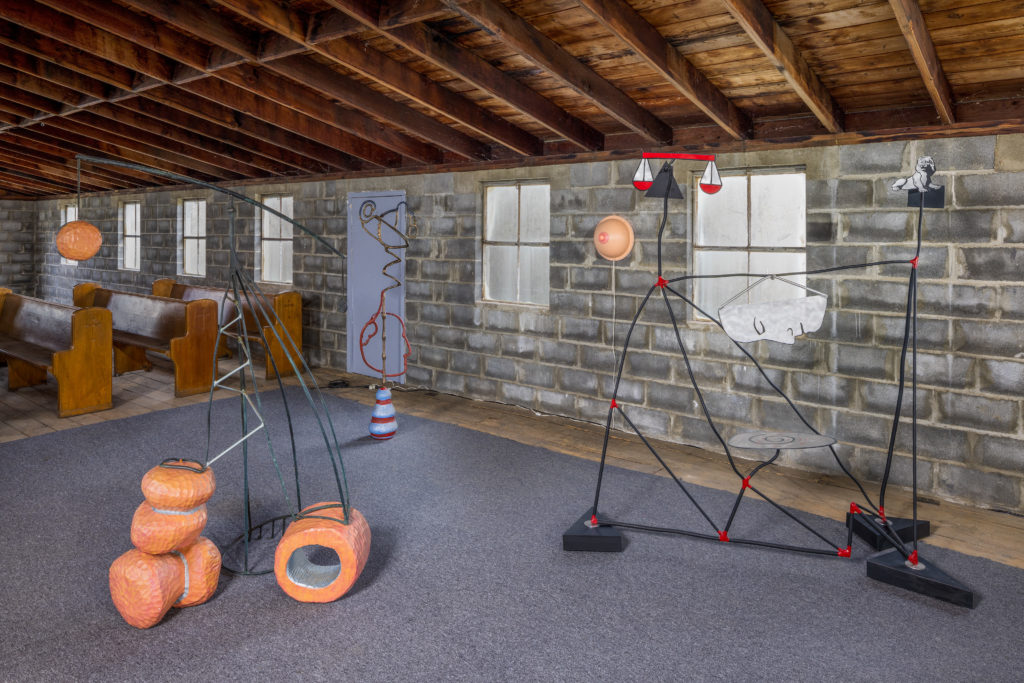
Sometimes being itself receives a terrible shock, charging art with new meanings. In the aftermath of the September 11 attacks on the World Trade Center, Rothbart visited ground zero. He was shaken, he later said, not only by the horrific loss of life but by the impermanence of buildings meant to last for centuries. The sight of a Buddhist monk praying at the site of the disaster prompted a leap of the imagination. Rothbart saw that the begging bowls these monks carry through the streets, in the hope of gathering enough to sustain them from day to day, were somehow like the vessels he makes from aluminum and bronze. But how? In the light of Jewish tradition, these objects have the potential to give off flashes of redeeming significance. From a Buddhist viewpoint, they could be seen as receptacles, a possibility Rothbart realized by making them the focus of collaborations with artists, writers, dancers, and performers of all kinds. Set out in ceremonial arrays, his vessels invite others to fill them with meanings.

There have been dozens of these events, which Rothbart gathers under the title Meditation/Mediation. A video recording of one that took place in 2011, in the Serbian capital of Belgrade, evokes the spirit of the Buddhist begging bowls. On a sidewalk an accordion player sits on a folding stool, Rothbart’s vessels in a ring around him. Many people pass by. In the two-minute video recording of this Meditation/Mediation, only one person puts money in one of the vessels.

Installations, the Frank Institute @ CR10, Linlithgo, New York, videography by DKR.
A video from six years earlier shows the artist Francine Hunter McGivern in New York City’s Lab Gallery. We see her kneeling before a large, overturned vessel and applying black pigment to its circular base. She then presses the base of a small vessel against the pigment, transferring it to this second surface, which she presses onto a length of white paper lying on the floor at her knees. Having imprinted the paper with a black disc, she rubs the rim of the small vessel on the base of the large one, covering it with the pigment that will produce broken circles on the paper. Finally, she places the imprinted paper against the base of the gallery wall, holding it in place with two of Rothbart’s vessels. Object has become image, which is to say that one mode of being has morphed into another—an endlessly occurring process which Rothbart’s vessels have provided McGivern the chance to bring into brilliant focus.

New York, NY. Copyright © 2005 Daniel Rothbart, Francine Hunter McGivern.
New York, NY. Copyright © 2005 Daniel Rothbart, John Perreault.
In another 2005 performance at Lab Gallery, the artist and writer John Perreault generates a sequence of sounds by touching the vessels with a metal rod. Inducing these objects to reverberate, he rescues them from their usual stasis: rigid form generates a subtly rhythmic sequence of sounds. In the series’ shortest work, a seagull swoops down on a vessel resting on a table in a restaurant in Shelter Island, New York, takes a bit of food and instantly flies off.
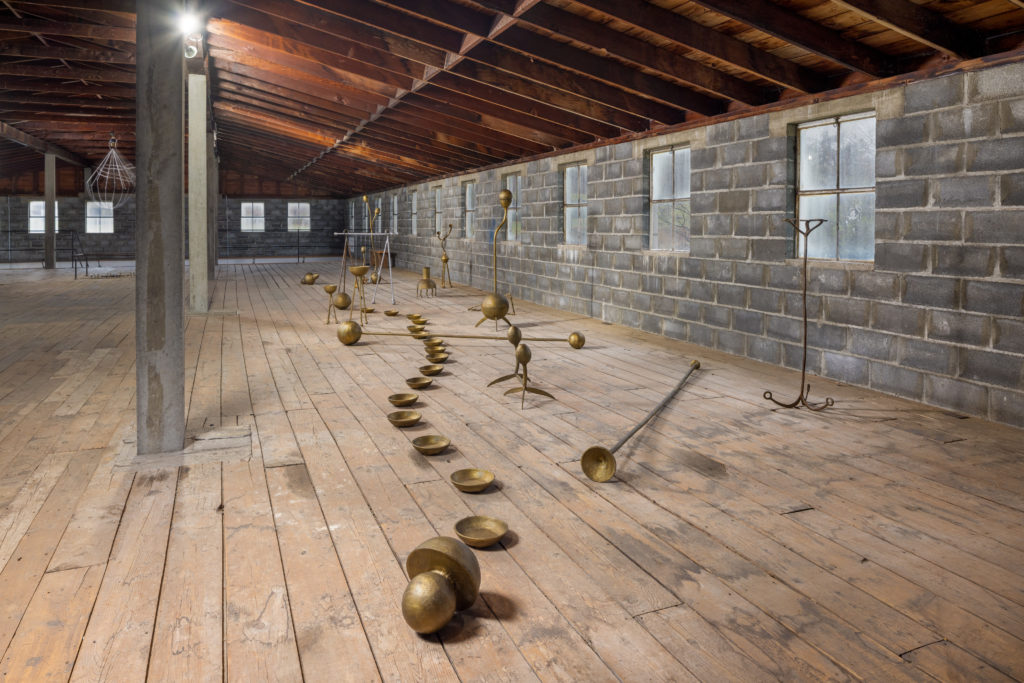
With the Meditation/Mediation works, Rothbart blurs the distinction between himself and others. Coming together to shape the flow of daily life, he and his collaborators achieve a momentary oneness. Because “meditation” and “mediation” are nearly the same word, the thought occurs that, to a contemplative gaze, the differences between things—and people—are less salient than their resemblances. Ultimately, the field of experience is unified.

In 2018 Rothbart published Seeing Naples: Reports from the Shadow of Vesuvius. Filled with recollections of his Neapolitan sojourn, which lasted from 1990 to 1993, the book also delves into a wide range of historical subjects, among them the four days in 1943 when Neapolitans revolted against their German occupiers; the history of Jews in Naples, which reaches back to the time of Julius Caesar; the Reggia di Caserta, known as the Versailles of Naples; and the Parthenopean Republic, a short-lived nation that emerged in 1799 as a client state of revolutionary France, with Naples as its capital. Each chapter of Seeing Naples is self-enclosed and yet the clarity of Rothbart’s voice and the acuteness of his observations weaves his disparate topics into a whole that is not so much seamless as intricately balanced, each part an implied response to another part—or to several others.
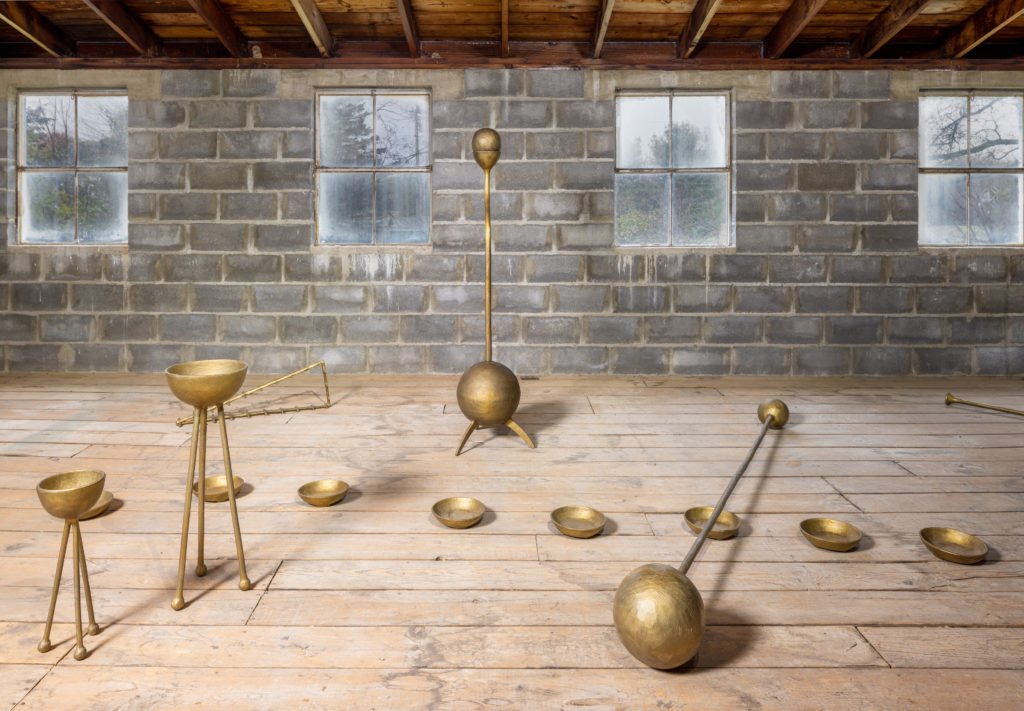
In the chapter entitled “A Visit to Egidio,” Rothbart tells of a morning in a shop where he has brought the parts of “a pod-like sculpture” to be welded together. Before he begins, the welder, Egidio Balestieri, advises Rothbart to bring his moped indoors; if he leaves it in the street, it will be too tempting to thieves. Having taken a quick inventory of the personages idling in Egidio’s shop, Rothbart describes a process that requires, among much else, that the object to be welded be stabilized with “jigs, clamps, claws, and elaborate wiring systems.” Tactfully, the artist leaves it to the reader to draw a contrast between these mechanical improvisations and the elegantly biomorphic and seemingly preordained shapes of his sculpture.

“Two Foundries” is the story of looking for an alternative to the slick, overly expensive establishments where Rothbart had the first of his Neapolitan sculptures cast. The first of these is run by the Carmine Brothers, on the outskirts of Naples. Comparatively inexpensive, it is distressingly seedy, a purveyor of fake antiquities and supplier of Mussolini busts to a local political party on the ultra-far right. These busts prompt Rothbart’s fair-minded observation that Mussolini did, despite his endless crimes, make certain improvements in the port of Naples. Along the way to Gennaro Esposito’s more congenial foundry, Rothbart notes the city’s fickleness in the matter of patron saints as well as its government’s sporadic payments to its employees. Many citizens prefer to work for the Camorra, the local crime syndicate, because it is more reliable. Interesting in themselves, these digressions have the larger value of enmeshing Rothbart’s sculpture—and the sensibility conveyed by his work—in a fabric at once social, political, and historical.
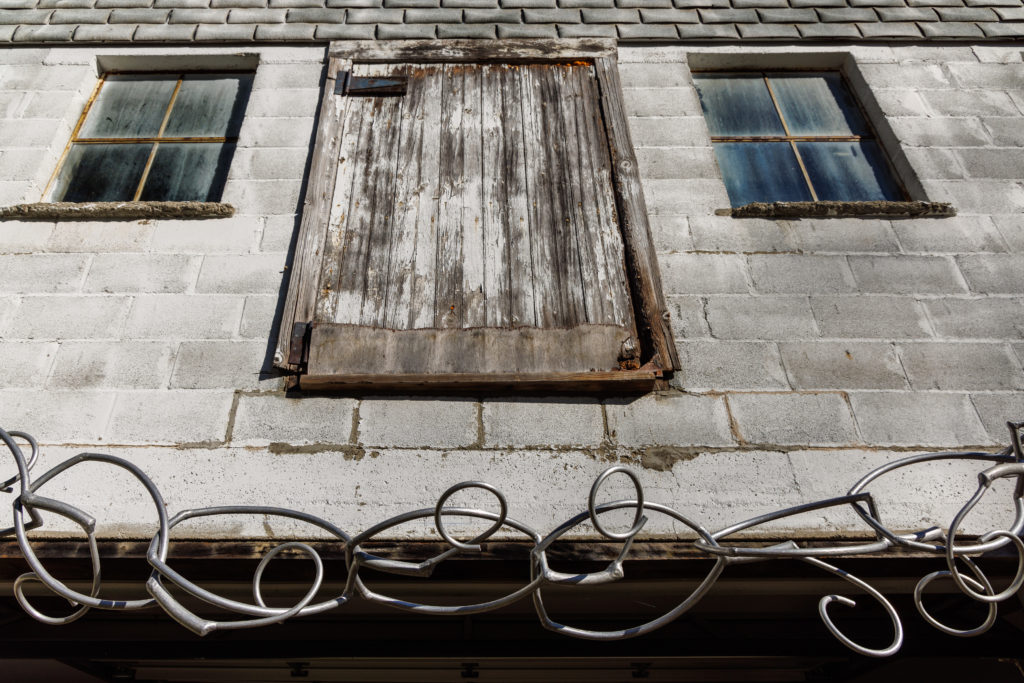
As I noted at the outset, the forms of Rothbart’s sculptures are fluid, like the succession of themes in Seeing Naples. Further, his presence as an artist, for all its distinctive strength, enters with ease into collaborations, where identities merge without ever being lost. Flowing into a unity that grows richer the longer we ponder it, these varieties of fluidity endow his art with an inexhaustible store of meaning.
Hudson, New York, October 26, 2021
© Carter Ratcliff, 2021.